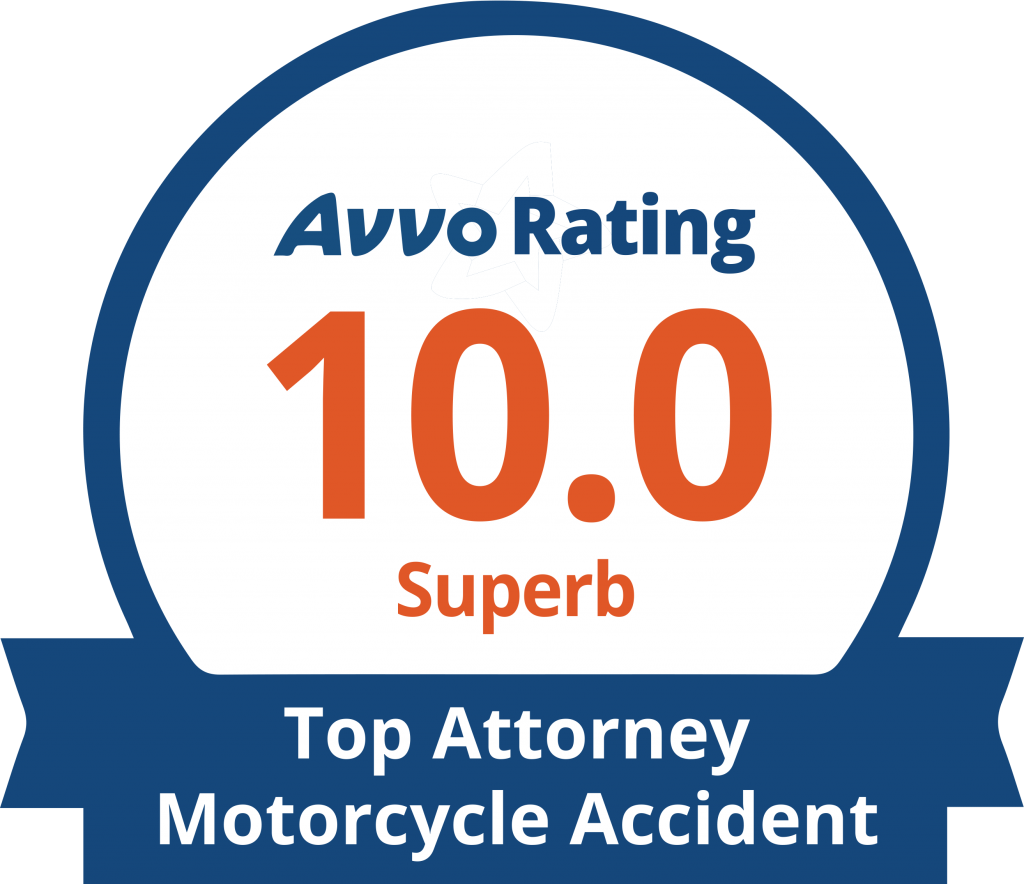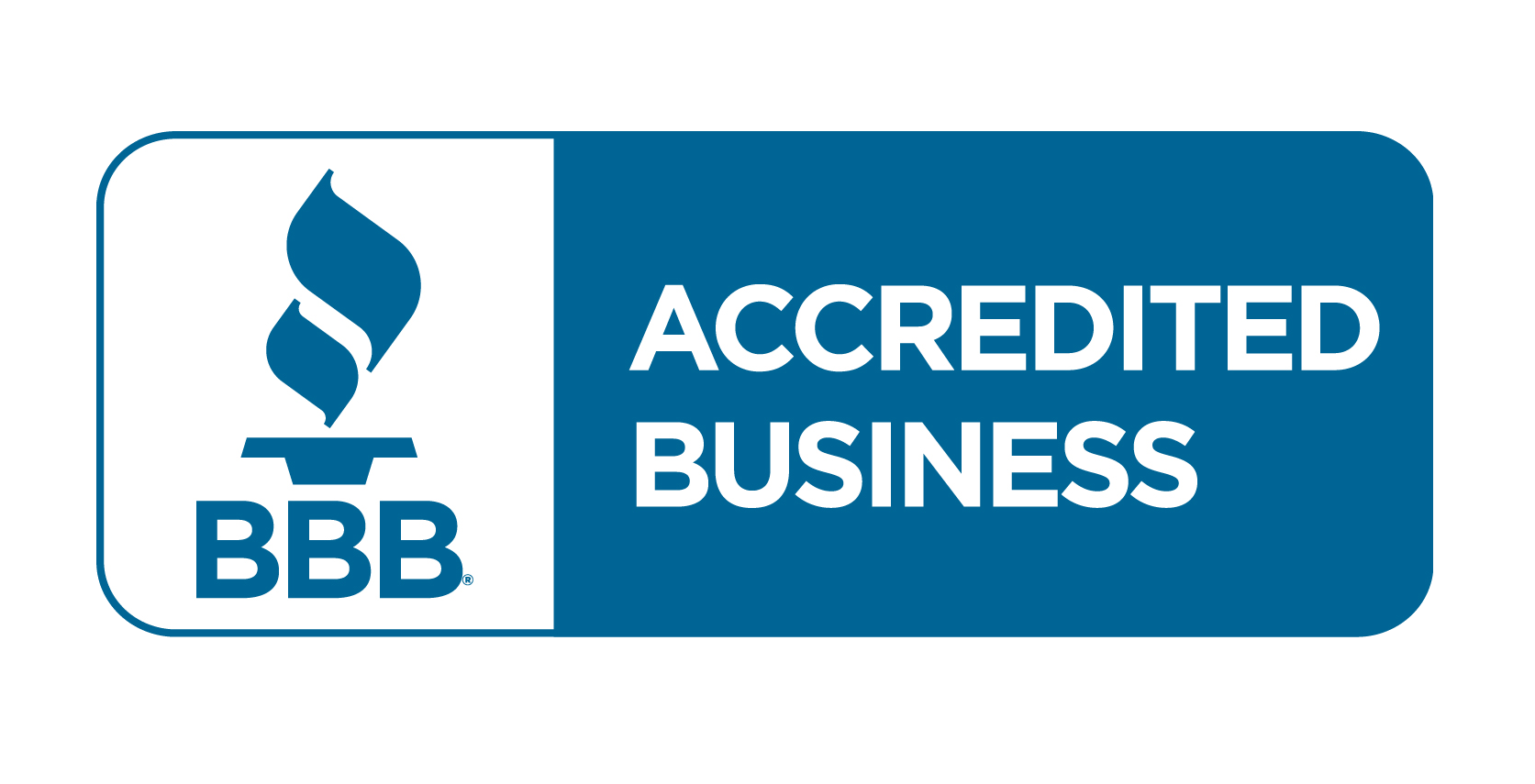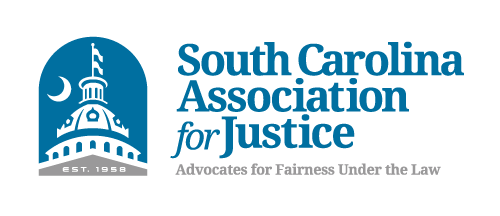Auger & Auger Congratulates Spring 2021 Disabled Scholar Award Winner Kaitlyn O’Connor
Author: Auger Law | June 29th, 2021
We are all asked to make hard choices from time to time, but those who are born with a disability or chronic condition often face such choices at a very early age. With the goal of being able to have as normal of a life as possible, many families are torn between multiple care options, each with its own set of risks.

The option being weighed by the family of our latest Disabled Scholar Award Winner, Kaitlyn O’Connor, was an admittedly extreme one: a hemispherectomy. Without an operation to sever the nerve connections between the two sides of her brain, O’Connor risked progressively worsening seizures as a result of an exceedingly rare condition known as Rasmussen’s Encephalitis (RE). But the surgery risked complications, too, and the drastic nature of it was enough to make the family weigh their options carefully.
Fortunately, O’Connor’s operation was a resounding success. Her patient case serves as a model for other families facing similar dilemmas. O’Connor now performs speaking engagements and provides mentorship to encourage families to take the steps needed to fulfill their health goals, regardless of fear or hesitation.
O’Connor is currently slated to attend Pitzer College in Claremont California, majoring in Psychology. Her goal is to become a licensed psychologist who will work closely with patients and help them overcome the mental challenges that can come alongside their medical and physical challenges. We applaud O’Connor for inspiring others and raising awareness of a rare condition that nevertheless makes a huge impact on the lives of children and adults throughout the world.
Embracing One Medical Challenge to Solve Another, And Get the Most out of Life
Kaitlyn O’Connor began suffering from unexplained seizures as early as the sixth grade. Her condition advanced quickly, sparking frightening medical episodes that promised to only intensify as she aged. She was diagnosed with Rasmussen’s Encephalitis (RE), an extremely rare neurological condition. RE is diagnosed in just 2.5 out of 10 million children annually, but the potential for undiagnosed cases is large.
One of the few effective, albeit experimental, treatments available for such a condition is a hemispherectomy. The operation effectively cuts off signals from the entirety of one-half of the cerebrum, the larger portion of the brain. Since RE only affects one side of the brain, the drastic nature of the surgery is intended to provide the patient relief from increasingly violent and medically dangerous seizures.
“Getting the seizures to stop (or to be sharply reduced) is essential,” O’Connor explained to us. “Ongoing seizures can cause continual cognitive decline and even death. Taking multiple anti-seizure medicines can have long-term health consequences like liver damage, and can also leave a person in a fog.”
By comparison, a hemispherectomy can promise a strong likelihood that the seizures will stop. Recovering from the surgery is not always easy, though, as there will be some brain functioning impairment and the opposite side of the body will have some paralysis, most notably in the hand. Fortunately, in O’Connor’s case, the operation was a resounding success and her seizures stopped. After a rough initial recovery period, she was able to regain significant functioning, though her left hand remained paralyzed and she needs a low-profile brace to stabilize her walking.
O’Connor told us that there were initially, “serious side effects,” after the surgery. “I had to push myself through months of physical rehab to learn to walk again. But I was very fortunate. The surgery was a success, and my continuous seizures stopped.”
Following her recovery, O’Connor and her family were determined to share her success story with others. Many parents with children suffering from a similar condition are desperate for treatment, but the radical nature of the hemispherectomy procedure naturally tends to frighten people. O’Connor’s goal was to tell them that it is a solid chance at the road to recovery. While not every case has results as positive as hers, there was at least the possibility of relief from dangerous seizures without having to rely on medications with severe side effects. There is also the lesson that the human body is astoundingly resilient, able to compensate for the loss of functioning in one side of the brain with new skills, senses, and cognitive abilities imparted to the other side.
Serving as an Inspiration to Other Families and, Someday, Medical Patients
“My experience has taught me how to be resilient in the face of adversity and the importance of maintaining a positive outlook,” O’Connor noted.
In her essay and interview responses, she related two formative experiences with other families once she had recovered. Her first experience followed a speech she gave at the first-ever Stanford Pediatric Epilepsy Conference. A mother in the audience had a son with ongoing seizures, and she was considering the hemispherectomy procedure. She told O’Connor that she had inspired her and given her hope for her son’s future.
“That day I learned that my story could provide people with hope when facing huge life decisions,” O’Connor related. “I had the opportunity to share my experiences and motivate people not to give up.”
Her second experience occurred during a visit to Cleveland Clinic Children’s Rehab Hospital, where years ago she had spent three months recovering from her own procedure. There, she met a young girl who had undergone the same surgery as O’Connor.
“I saw a lot of myself in her,” O’Connor reflected. “She was my same age and was staying in the same exact room where I stayed. She even liked to play sports like me and looked a lot like me. She was still learning how to walk and speak above a whisper. I was able to talk with her and tell her that things were going to get better. It also made me realize how far I had progressed in the four years since my surgery, at that time.”
Much of O’Connor’s personal time is dedicated to the cause of encouraging others to fight and flourish. Her goal is always to reassure families that there is hope for the future.
“When I have spoken with children who have my disease and with their parents, I usually find myself sharing my own experiences in an effort to ease their worries,” she said in her interview with us. “I know first-hand what it’s like to face an uncertain future. I have been a success story since my seizures have stopped and my level of functioning is high. […]I try hard not to over-promise, but my goal is to remind those that I talk with that while the road to recovery is difficult, one day their lives can regain a sense of normalcy.”
One thing O’Connor wishes for is that more people were aware of Rasmussen’s Encephalitis. Without awareness, funding is limited, and few people are educated on it and other forms of epilepsy in general.
An Active Life and Big Plans for the Future
O’Connor did not experience her first seizure until she was almost 12, so she was able to enjoy a mostly normal life during her youth. She loved sports, especially basketball and softball. Playing on a traveling softball team with an active schedule (50 games in one summer!) helped give her confidence and an outlet. When she had difficulty playing such sports post-surgery, she shifted her focus to swimming, which she participated in all four years of high school.
O’Connor also was very active in school clubs and extracurricular groups, including the yearbook club, Girl Scouts, and Global Glimpse. She explained that the latter program was, “a leadership and community service program where juniors go to Latin America for 16 days to learn about history, culture, poverty, education, and business. On this trip, I strengthened my leadership skills, learned about a new culture, and made new friends.”
As a Bay Area local, O’Connor is also naturally a big fan of the San Francisco Giants and the Golden State Warriors.
Talking about the latter, O’Connor noted that “I have been very lucky because they have combined to win six championships the past decade, and I was also able to meet Stephen Curry and coach Steve Kerr, who had heard about my surgery.”
Overall, O’Connor’s main goal is to continue helping young patients, particularly those suffering from hard-to-treat conditions and who have challenging medical cases.
“I know firsthand what it is like to be a pediatric patient who is uncertain about their future. As a licensed psychologist, I will be able to connect with my patients on a personal level and allow them to see that, eventually, things will get better and that they, too, can overcome the challenges they are facing.”
We at Auger & Auger are awed by O’Connor’s personal drive and her ability to connect with young patients and families who are worried about the choices they face. We have no doubt that O’Connor will find success in her program at Pitzer College and beyond and that she will soon be a key part of people’s lives — people who may not be sure what tomorrow will bring, but who will know in their hearts that there is at least one person who believes in their ability to recover and go on to do great things.














